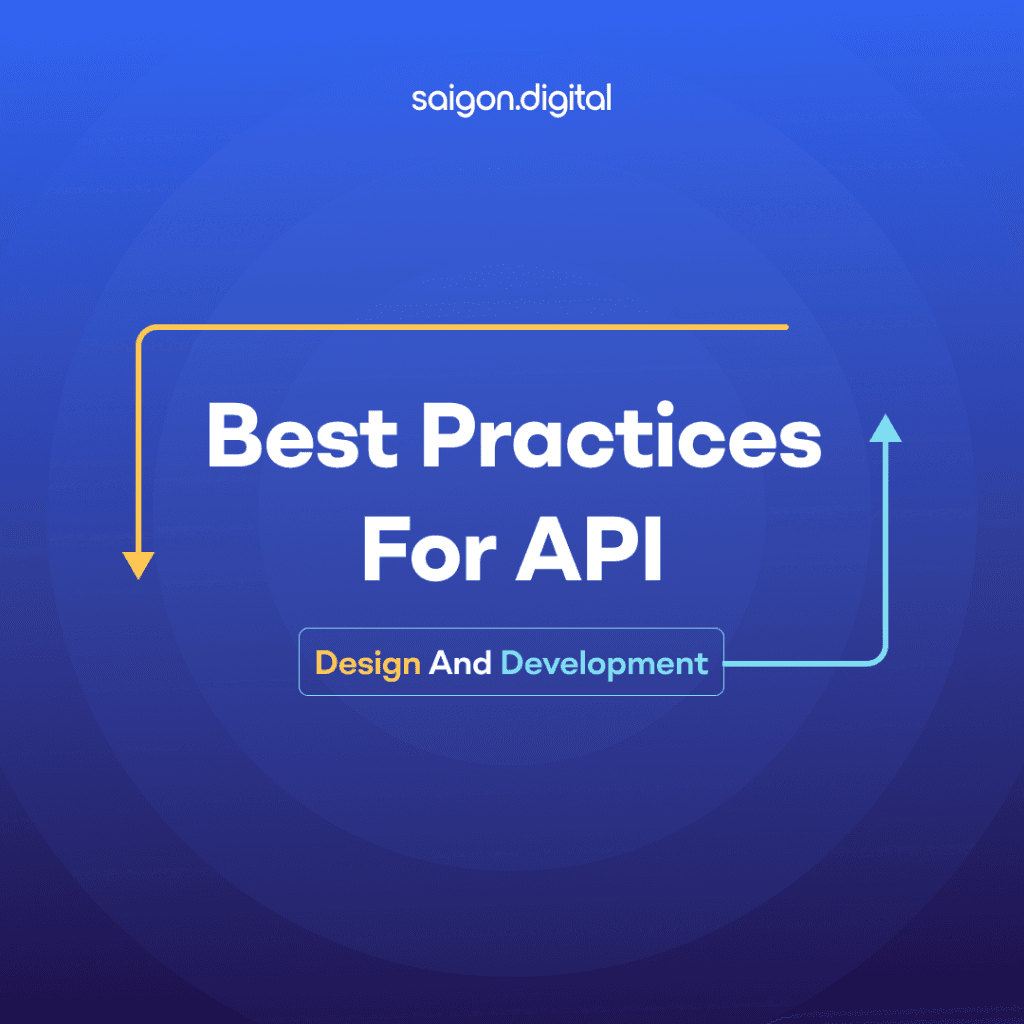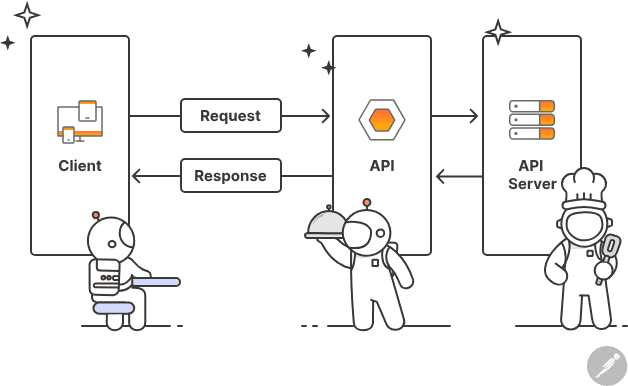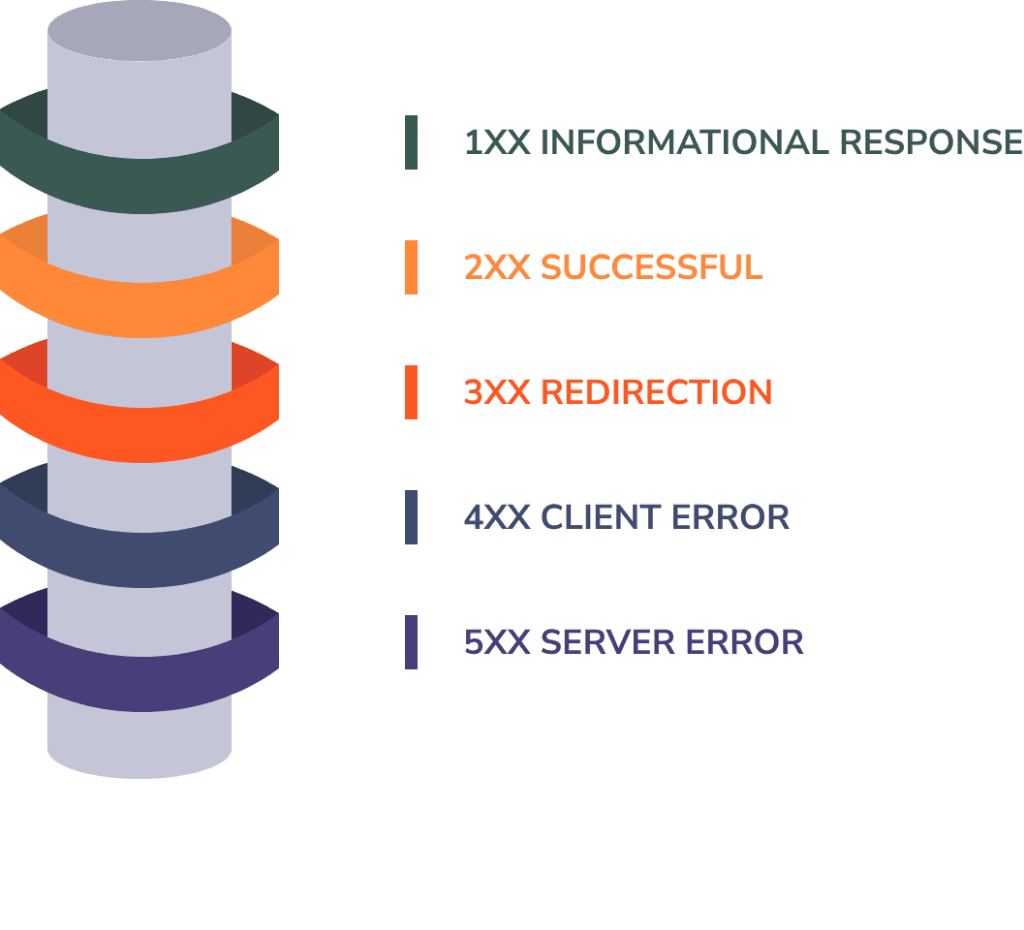APIs have become the underlying basis of an increasingly important number associated with software development. They allow different types of software systems to communicate with each other. It helps developers build active, feature-laden applications. API Design and development is crucial for the success of any software project.

API Design

This is the design of a clearly specified application programming interface that allows for two software components or parts of an application to communicate with each other. It defines the various endpoints, formats of requests, and protocols, along with responses and standards for communication. They should easily understand the API, quickly grasp what it does, and develop applications that utilise it. The following are the best practices for API design and development that can help you provide high-quality APIs:
Use RESTful Principles
Representational State Transfer (REST) is a widely adopted architectural style for system design-a standard method for the buildup of web services. RESTful APIs are very simple to use, easily scalable, and totally maintainable. Staying aligned to REST's key principles will have you generating consistent and, hence, easily predictable APIs.- Statelessness: Any API request must contain all the information that is needed for processing.
- Resource-Based: Use nouns and meaningful names for endpoints, parameters, and methods to represent resources (e.g., /users, /orders)
- Uniform Interface: Keep a consistent interface across all resources to make the API intuitive to use.
- HTTP methods (GET, POST, PUT, DELETE) correctly to perform actions
- GET: to fetch or read data
- POST: to insert data to a storage system or a process
- PUT: to completely update data of an existing resource
- PATCH: to partially update data of an existing resource
- DELETE: to remove an existing resource
Versioning
API versioning is crucial for maintaining backward compatibility while allowing for continuous improvement and addition of new features. There are several ways to implement versioning, such as in the URL, header, or query parameters.Common Versioning Strategies:- URL Versioning:/v1/users
- Header Versioning: Accept: application/vnd.example.v1+json
- Query Parameter Versioning: /users?version=1
Documentation
Good documentation is one of the factors required for API adoption. This allows developers to know how they can use your API and why something doesn't work very well.Best Practices for Documentation:- Use tools like Swagger, OpenAPI, or Postman to generate interactive API documentation.
- Show implemented examples for all endpoints, parameters, and structured responses.
- Provide clear error messages and status codes.
- Update the documentation whenever the API changes.
Implement Proper Authentication and Authorisation
Security is a critical aspect of API development. Implementing proper authentication and authorisation mechanisms ensures that only authorised users access your API and perform certain actions.Common Authentication Methods:- API Keys: Simple to implement but not the most secure option.
- OAuth: A more secure and flexible authentication method suitable for various use cases.
- JWT (JSON Web Tokens): A compact and secure way to transmit information between parties.
Errors handling
Providing clear and consistent error messages helps users understand what went wrong and how to fix it. Use standard HTTP status codes to indicate the type of error.Error Handling Tips:- Use 1xx codes for Information.
- Use 2xx codes for Successful (e.g., 200 for OK, 201 for Created).
- Use 3xx codes for Redirection (e.g., 304 for Not Modified).
- Use 4xx codes for client errors (e.g., 400 for Bad Request, 404 for Not Found).
- Use 5xx codes for server errors (e.g., 500 for Internal Server Error).
- Include error messages and codes in the response body for easier debugging.

Optimise for Performance
Performance is crucial for a good user experience. Optimise your API to handle large volumes of requests efficiently.Performance Optimisation Tips:- Use caching to reduce the load on your server and improve response times.
- Implement pagination for endpoints that return large datasets.
- Minimise the payload size by including only necessary data in the response.
Ensure Scalability
Design your API to handle increased load and traffic as your application grows. Scalability ensures that your API remains responsive and reliable under heavy usage.Scalability Strategies:- Use load balancing to distribute traffic across multiple servers.
- Implement rate limiting to prevent abuse and ensure fair usage.
- Use a scalable backend infrastructure (e.g., cloud services like AWS, Azure).
Testing
This is a very crucial process in designing APIs so that the obtained API will be reliable, performant, and functional. In this step, a myriad of test cases are designed, covering scenarios like positive/negative test cases, edge cases, and load testing, among others. The testing of the APIs brings out some of the possible problems that the designers can fix before exposing the API for use.





